The information you already know, Google will use how to repeat it again, and even if it is possible to make it "packaging" a little more pleasant to listen to?
Every October, a few domestic Pixel users may be the same as us, with this mindset to watch Google's annual hardware conference. In the matter of confidentiality has never passed the Google, after the overwhelming revelations there are any surprises?
Not a lot, but it's pretty noteworthy - here's a quick look at what's in store for the Made by Google hardware launch in 2023.
Pixel Buds Pro: software update is also new
Google is first to update the Pixel Buds Pro, the true wireless noise-canceling headphones under the Pixel brand - but not a new model, and not one that gives the charging case a new connector or lets you buy a headset to listen to lossless music.The Pixel Buds Pro will be pushed out via a firmware update starting immediately with the following new Features:
The first is Conversation Detection. According to Google's description, this feature uses AI to detect if the user is talking and automatically switches the headphones to pass-through mode when a conversation begins - similar to the automatic pass-through mode trigger on Sony, Apple, and other true wireless noise-canceling headphones, but perhaps not quite the same as Google's statement that the Pixel Buds Pro will resume noise cancellation when it detects that the two parties are no longer conversing, rather than resuming based on a pre-set detection time threshold like Sony. Perhaps less so, Google says that the Pixel Buds Pro will resume noise cancellation when it detects that the two parties are no longer conversing, rather than at a pre-set detection time threshold like Sony. We'll update this article with the exact experience and related settings as we receive them.
Next is Hearing Wellness. This is one of the basic features of the same type of headphones, and the new Pixel Buds companion app will provide a data panel to show the volume level used by the user and the exposure to high-decibel environments, making it easy to check our headphone habits and take care of our hearing protection at all times.
Finally, the low-latency mode for gamers, compared with the old firmware version of the Pixel Buds Pro, the new version of the firmware is able to reduce the transmission latency during gameplay by 50%, but the prerequisites are quite a bit more - in the Pixel 8 series of models to run a compatible game, the first requirement is not clear whether it is related to the Bluetooth transmission code, and the latter "compatible games" may refer to Google has been trying to promote low-latency audio optimization among game developers. The first requirement is not clear whether it is related to Bluetooth transmission coding, and the latter "compatible games" may refer to the low-latency audio optimization that Google has been trying to promote among game developers. From the test results given by Google, optimization or not can indeed bring close to a 10-fold improvement in low-latency performance (200ms~20ms), but it is hard to say exactly which games will be optimized according to this document.
There are two other features that aren't in the official changelog, but were mentioned on the launch site, and from what was said on the site will also be pushed to the Pixel Buds Pro in this week's update:
- Clear Calling:AI-enabled background noise reduction for voice calls, similar to the feature of the same name on the Pixel phones, allows the Pixel Buds Pro to filter out unwanted background noise and better hear what's being said on the other end of the line.
- Super wide band support: Based on previous drafts published by the Bluetooth SIG and earlier commits that have been merged into the AOSP source code, it's likely that this feature also means that Google will be bringing LC3 transport protocol support to the Pixel Buds Pro. This protocol raises the upper frequency limit of voice calls to 16kHz, enabling call quality comparable to HD voice calls on 4G/5G networks.
The Pixel Buds Pro also supports the Pixel 8 lineup that will follow, and in addition to the firmware update Google has also prepared two new colorways to match the phone, Ceramic White and Gulf Blue, which are still priced at $199.99.
Speaking of software updates, Google also mentioned AI-related updates for the Pixel Fold and Google Home, such as real-time translation interactions that take advantage of the dual screens, and Home highlights that summarize, distill, and retrieve key information from a variety of smart home pushes, among other things - all of which are more than appetizers for the Pixel 8 series. -an appetizer compared to the AI features in store for the Pixel 8 lineup, so we'll leave it at that for now.
Pixel Watch 2: Catching up with Fitbit backwards
Despite the average battery life, the black edges of the screen, and an imperfect cross-device experience at the beginning of its release, the Pixel Watch, the first smartwatch from the Pixel brand, was unveiled last year and captured the hearts of a lot of people with its pebble-like, rounded design.
So this year's Pixel Watch 2 continues last year's formula in terms of design, waterproof rating, and motion tracking, and even made a special reminder at the launch event that 'one generation's band will work in the second generation'.
As for updates, the second generation has upgraded the chip and sensors that are most critical for wearables. The chip has been updated from the outdated Samsung Exynos 9110 to Qualcomm's latest Snapdragon W5+ platform (Wear 5100 processor) with a Cortex M33 co-processor that is claimed to provide 24 hours of all-day battery life with the AoD always-on display on. The back sensor has been upgraded to a multi-path optical heart rate sensor, and new cEDA electronic sensors for evaluating the surface signals of the skin, as well as a skin temperature sensor that works with Fitbit's proprietary algorithm to provide more accurate heart rate detection. The sensors on the back have been upgraded to a multi-path optical heart rate sensor, with the addition of a cEDA electronic sensor to evaluate skin surface signals, and a skin temperature sensor, which works in conjunction with Fitbit's proprietary algorithms to provide more accurate heart rate detection, as well as improved stress management, 24/7 body response tracking, and more.
But as a user of the first generation Fitbit Sense, I still want to say that whether it's the Fitbit Sense 2 that cuts out Wi-Fi and third-party apps, or the Pixel Watch 2 that adds in skin electrical signals and temperature sensors, Fitbit has really done a great job of saving face for the Pixel-branded wearable device after being acquired by Google! --The first-generation Fitbit Sense released in 2020, in addition to the lack of Wear OS and the sensor model is not so new, all aspects of the configuration and experience compared to the Pixel Watch can be said to be the object of catching up.
The Pixel Watch 2's main focus on skin temperature and pressure sign detection is part of the Fitbit Sense experience, so it seems that the Pixel Watch's integration of the Wear OS ecosystem into the Fitbit experience is basically complete. What's next is the real "deep water".
The Pixel Watch 2 is priced at $349.99, with color options varying by region, and purchasers will receive a six-month Fitbit Premium subscription as well as a one-month YouTube Premium subscription.
Pixel 8 series: big models next to each other, extra-long system updates
There were rumors of 7 years of update support for the Pixel 8 lineup, rumors that the Pixel 8 lineup would be exclusive to a new version of Google Assistant ...... Rumors or not, the surprise was still a little bit there when Google made it official at the launch event, with some additional information that the gossips failed to cover. There was a bit of surprise when Google put them on the table at the launch event, with some additional information that the scuttlebutt failed to cover.
Let's talk about the hardware part that was shaken up before the launch.
The main change on this side of the Pixel 8 is the 'slimmer' body. The polished glass back panel and matte metal camera module are similar to the Pixel 7, but the body is more rounded, and the overall dimensions have been reduced from 155.6×73.2×8.7mm to 150.5×70.8×8.9mm, with a slight increase in thickness, a narrower body, and a 10g reduction in weight, while the screen has been replaced with a 6.2-inch Actua OLED with a 60-120Hz refresh rate. The screen has been replaced with a 6.2-inch Actua OLED with a 60-120Hz refresh rate and a peak brightness of 2000 nits.
But slimming does not mean reducing the configuration, on the contrary, the Pixel 8 this time in a smaller body stuffed with a larger capacity battery (4355mAh -> 4575mAh), but unfortunately the storage configuration is still 8 + 128GB starting, can only say that there is no WeChat world is still really carefree ......
The Pixel 8 Pro has a matte glass and polished metal back cover this time around, which should feel reminiscent of the Pixel's earlier patchwork of materials. The screen resolution has gone from 2K to 1.5K, but with a 1-120Hz LTPO OLED panel, a swap that unsurprisingly results in a significant improvement in longevity, plus a significant increase in HDR brightness and peak brightness, which can only be said to be a give-and-take.
From a certain point of view, the Pixel 8 series of screens compared to the Pixel 7 series is still a significant upgrade, Google this time named it Actua/Super Actua screen obviously also take the actual (actual, original) meaning, as for the actual panel model, manufacturer and parameter review, will have to wait for the follow-up of the first wave of foreign media review unblocked.
It's also worth noting that the Pixel 8 Pro is the second Pixel phone since the Pixel 5 to visually equalize the width of the front screen bezel - keeping up with a major trend in the flagship ranks - and, according to information provided by renowned blogger Mishaal Rahman, the facial unlocking feature offered by the Pixel 8 series is classified as a Type 3 biometric, corresponding to the previous "strong security level. According to blogger Mishaal Rahman, the Pixel 8 lineup offers facial unlocking, which is categorized as a Type 3 biometric, which corresponds to the previous "Strong Security Level". This means that the Pixel 8 series' facial unlock is usable for high-spec security authentication scenarios such as banking and payments. Without structured light or a 3D camera, it's hard to know how Google did it.
In terms of software experience, because the Pixel 8 is equipped with the Google Tensor G3 processor, the main enhancement is still focused on the TPU and AI aspects, around the Pixel 8 Pro new sensor triple camera computational photographic capabilities and system level AI functions are naturally the core selling point of the Pixel 8 Pro.
On paper, the Pixel 8 Pro gets a ƒ/1.65 aperture, 50-megapixel main camera sensor this time around, which is claimed to have improved low-light shooting capabilities; a 48-megapixel ultra-wide-angle lens that can be used for ultra-wide-angle, macro, and even astrophotography at the same time; a 5x optical telephoto lens that's also 48-megapixel, with support for up to a 30x hybrid zoom; and a front-facing camera that has a field of view of The front also features an ultra-wide-angle lens with a field of view of more than 95 degrees.
In the words of domestic cell phone manufacturers, the Pixel 8 Pro adopts a "no main camera design" in which all of the cameras are main camera quality, and for this reason, Google has taken the unprecedented step of bringing a professional mode to the Google Camera app that supports manual shooting, allowing users to adjust shutter speed, ISO, focus point, and even output photos in full resolution.
Of course, Google has also brought some neat little features for photo editing. For example, the Magic Retouch tool allows you to adjust the brightness, background, and even drag and drop to change the position of the subject:
Pixel users should be familiar with Top Shot's ability to filter the best photos, and on top of Top Shot, Perfect Shot has been upgraded with the power of Google AI for shooting scenarios such as faces and groups of people, allowing us to select the best expression and attitude for different people from different frames captured by the camera directly. With the power of Google AI, it allows us to choose the most perfect photo for different people from different frames captured by the camera. I often play the role of "photographer" when traveling, and I would like to call it a "group photo savior":
Perhaps the most intuitive enhancement the Google Tensor chip brings to the Google Pixel lineup is video capture. In the Pixel 8 Pro, Google AI continues to shine with Video Boost, which processes 4K video in real-time through the HDR+ pipeline, Compute Audio, which recognizes different categories of sound for targeted editing in post, and video capture support for Night Vision mode.
But more than the camera, the real showstopper is the last few 'teasers'.
Google Assistant is getting access to big models. The project is called Assistant with Bard, which aims to bring Bard's reasoning and generating capabilities into cell phones, providing new capabilities of listening, speaking, reading (including reading screen content) and even directly executing commands and completing tasks, such as summarizing the user's information scattered among Google services to provide a summary of key information, and generating plans based on the composite information in different applications. The live demonstration always gives people a sense of "ah when the Google Now should be like this".
Assistant with Bard will be available to a select group of users in a pilot test, and will be rolled out to the rest of the population over the course of a few months. As for what this has to do with Pixel 8 users, Google says to keep an eye out for it if you want to give it a try ......
By contrast, the more relevant point is that the Pixel 8 Pro will be the first device to feature Google's AI base model. You can understand that Google has put most of the AI features that would otherwise require cloud processing on the Pixel 8 Pro device, allowing users to run and experience them locally, faster and better with Google's Tensor processor. For example, the Magic Eraser, which runs offline on the Pixel 8 Pro, is based more on image generation than on blending into the background to achieve a better object removal effect; Gboard is able to automatically generate a more natural, more in line with the communication habits of the response to the conversation information, so that you can socialize with one click; the Pixel 8 Pro will even have a built-in model specialized in image processing, which generates an image for a zoomed-in image in the gallery, and then generates an image for a zoomed-in image in the gallery. The Pixel 8 Pro even has a built-in image processing model that generates clearer details for enlarged images in the gallery.
All of the above Google AI base model related features will be pushed to users in the Pixel Feature Drop this December.
Speaking of pushes - the last big bombshell of the launch wasn't the price (starting at $699/$999), but the update.
The Pixel 8 series is the first Android phone to ship with Android 14, and it's also the first Pixel phone to get 7 years of update support. From the information provided on the relevant support page, the 'update' here is still the synchronization of system version updates with security patch updates, i.e., the 7-year Android major version update is also provided along with the 7-year security patch update.
Google Pixel, after being overtaken by the likes of Essential and Samsung back and forth in terms of update speed and update maintenance cycles, has finally re-emphasized its strengths. Unsurprisingly, the Pixel 8 series should become the longest life cycle Android machine on the market.
This is something that only Google can do.

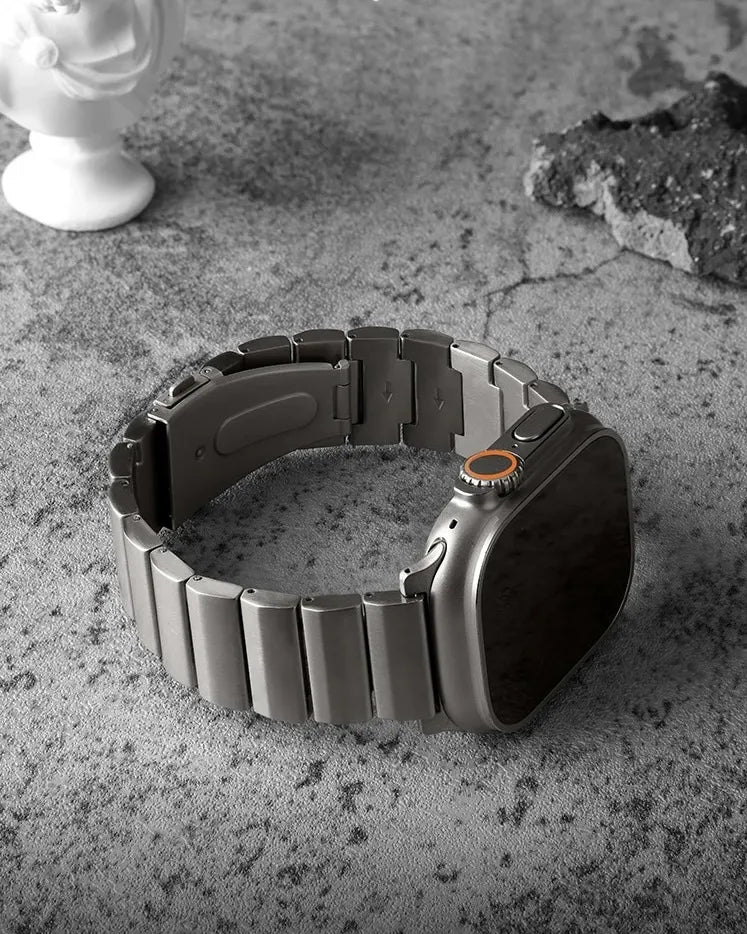
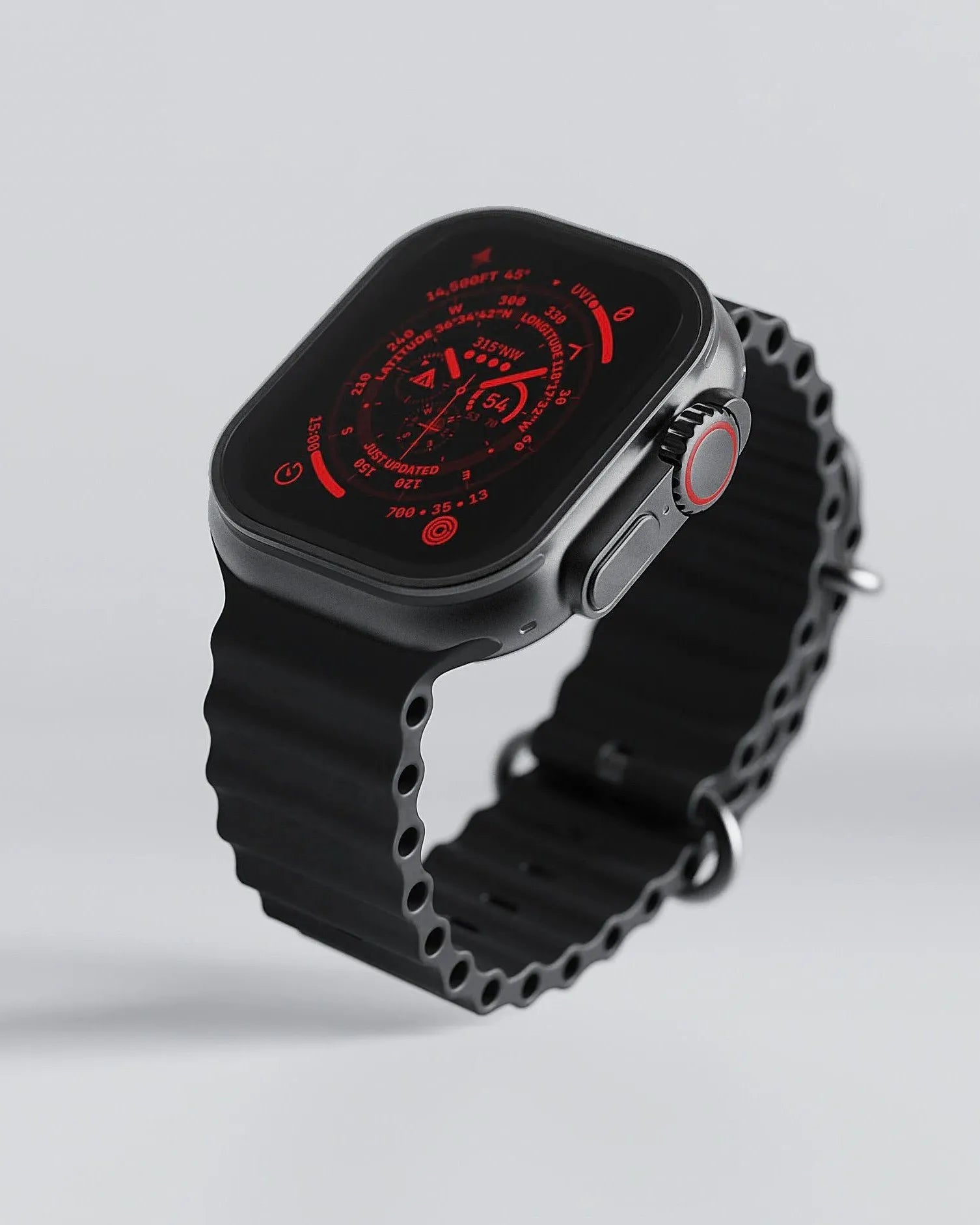
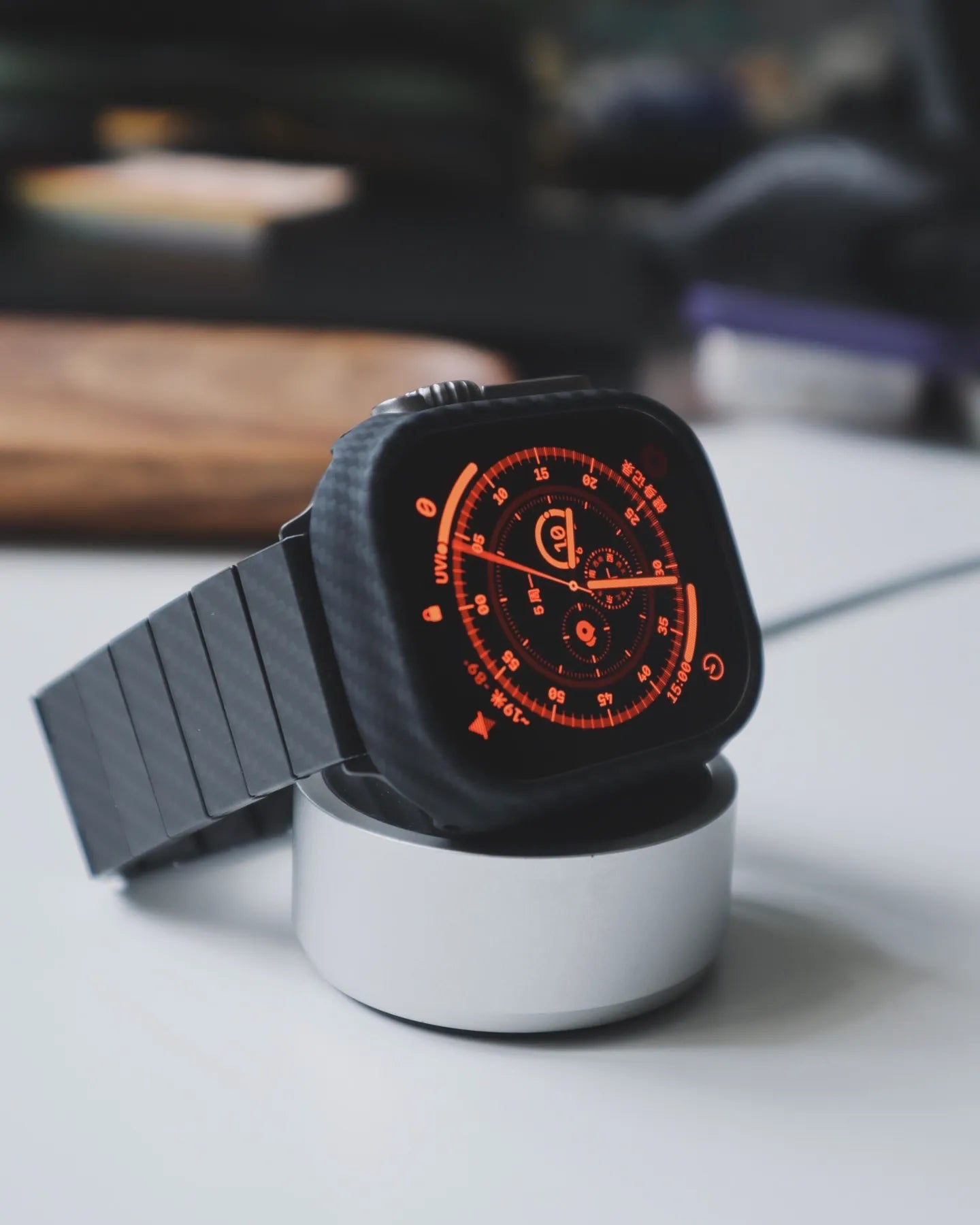
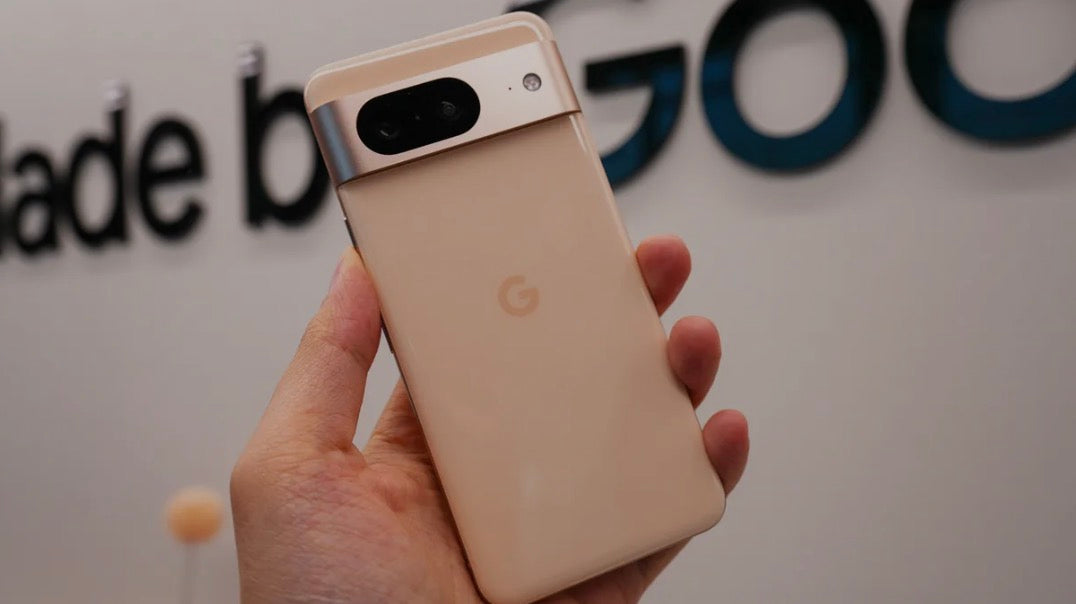
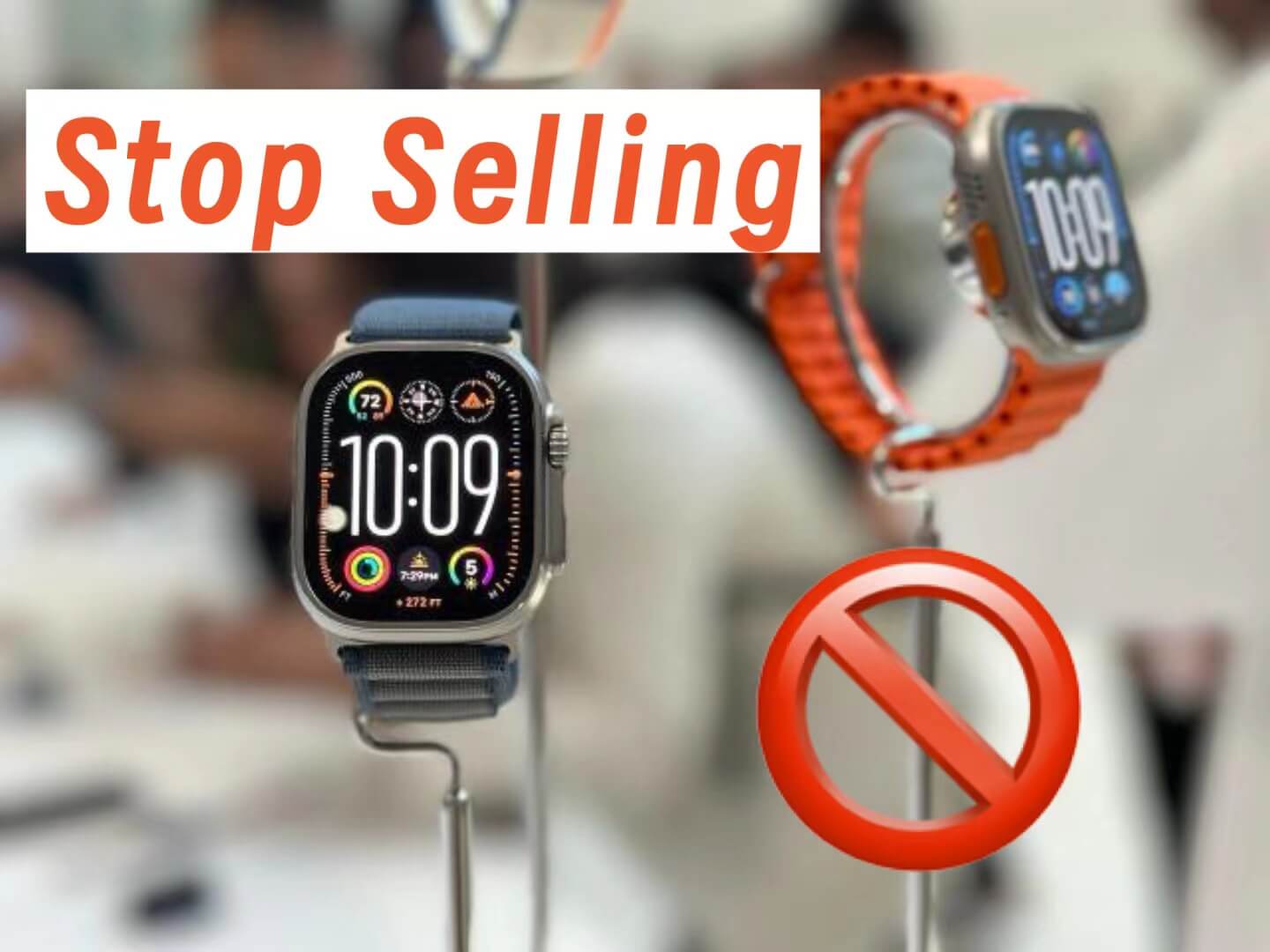
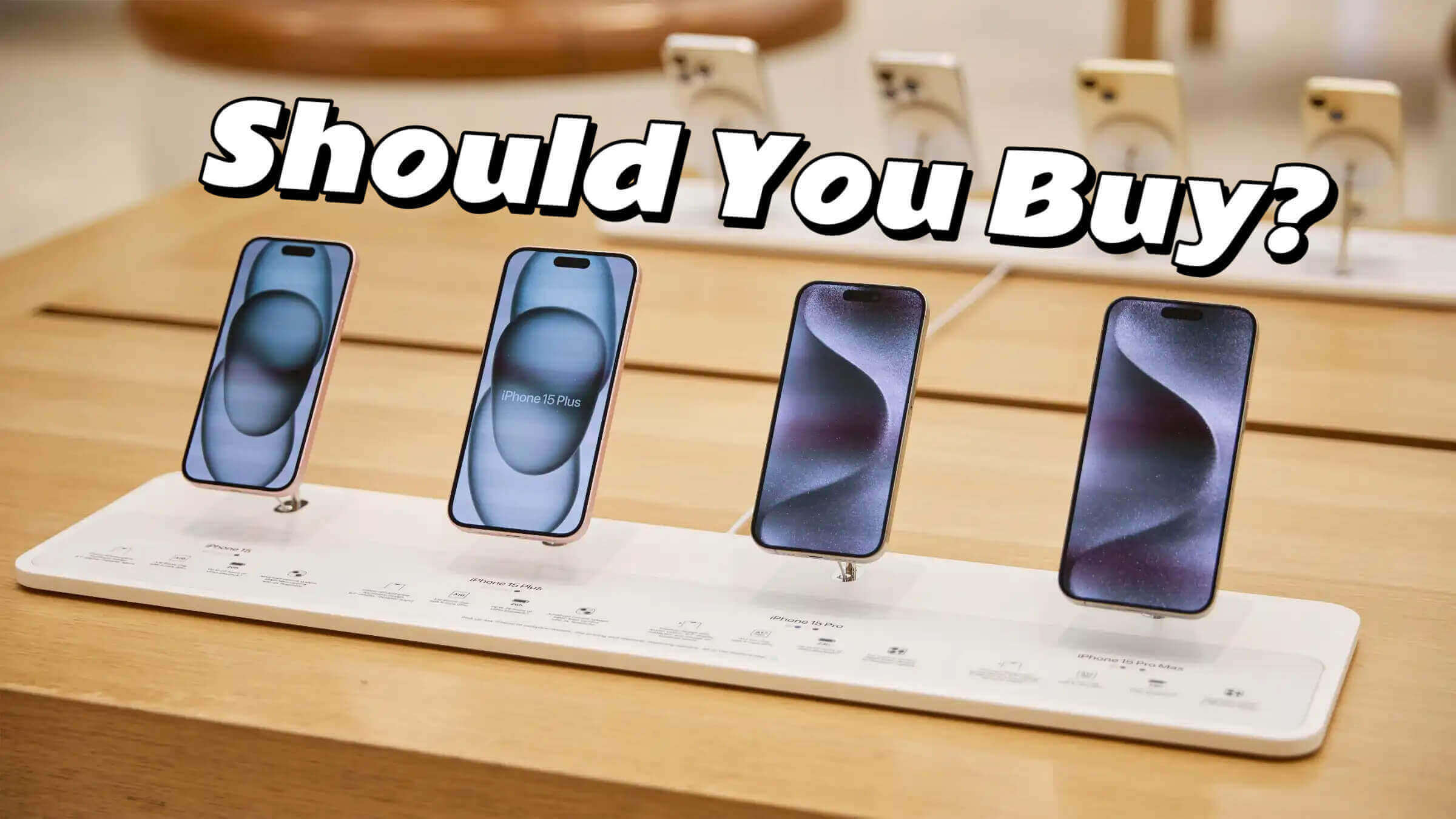
Leave a comment
This site is protected by hCaptcha and the hCaptcha Privacy Policy and Terms of Service apply.